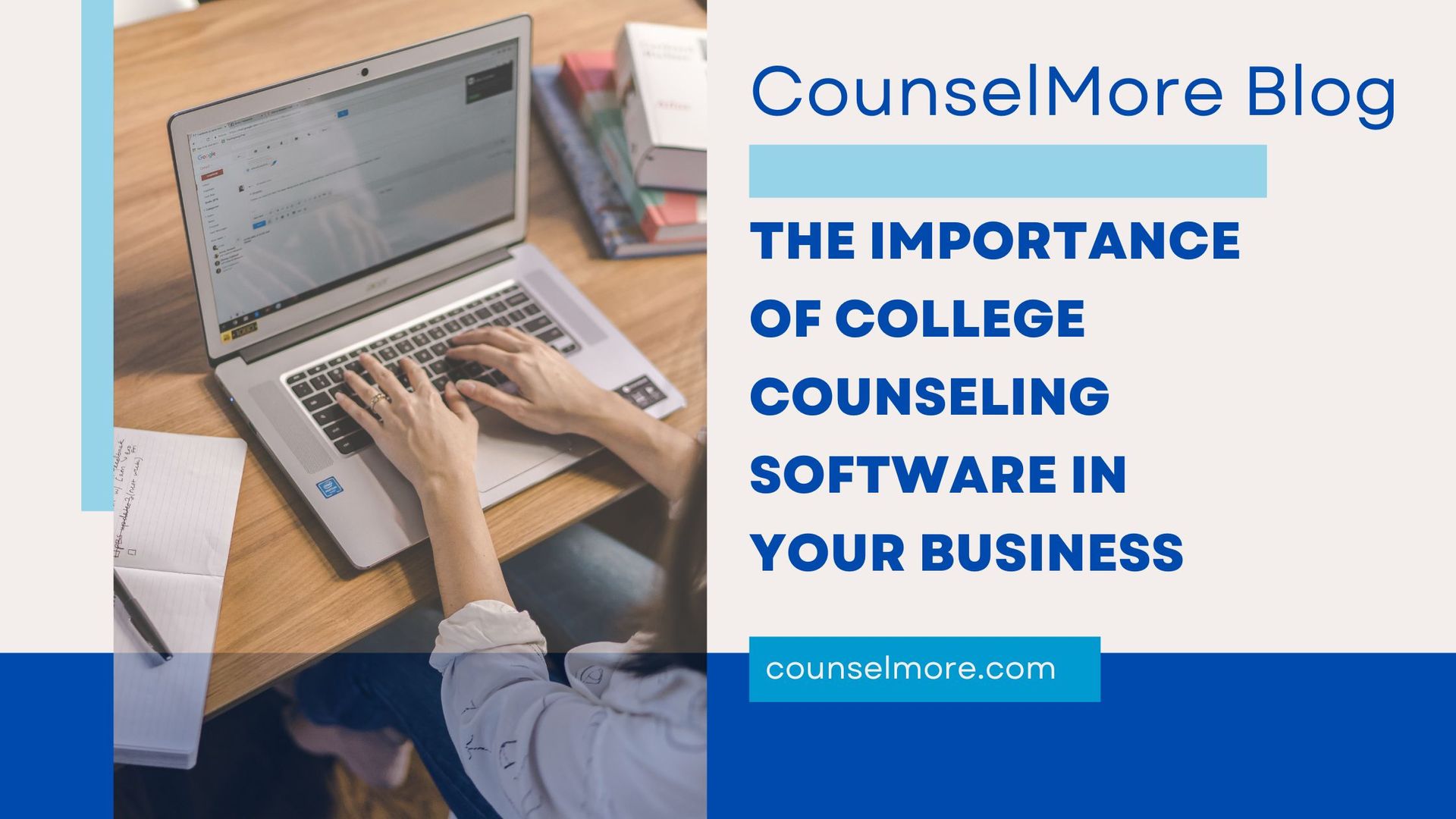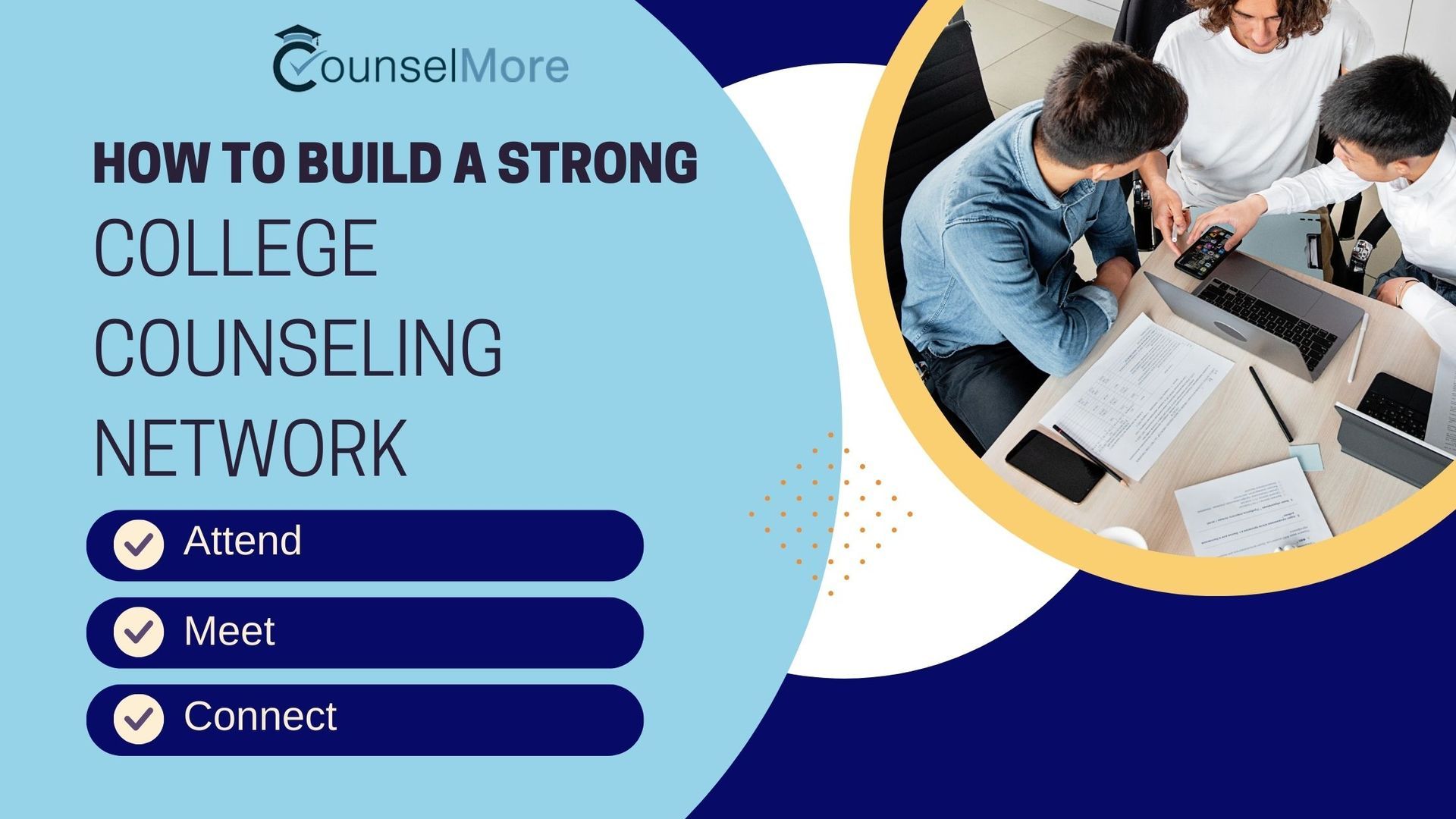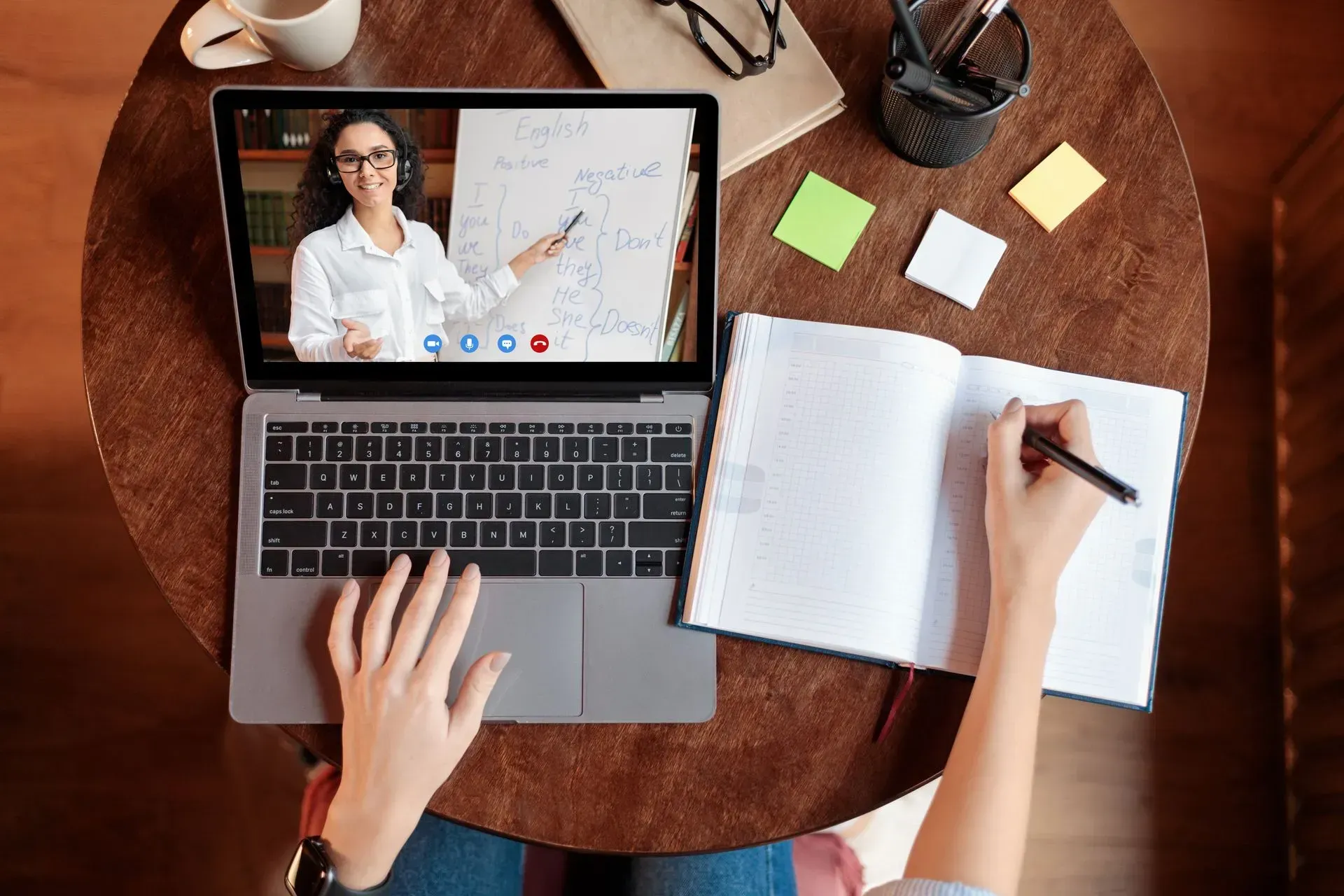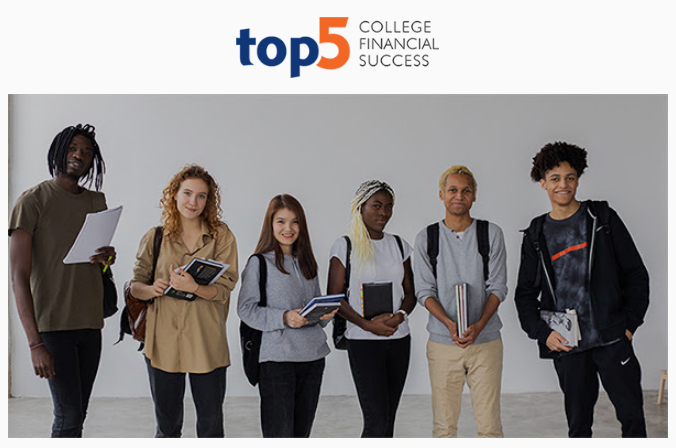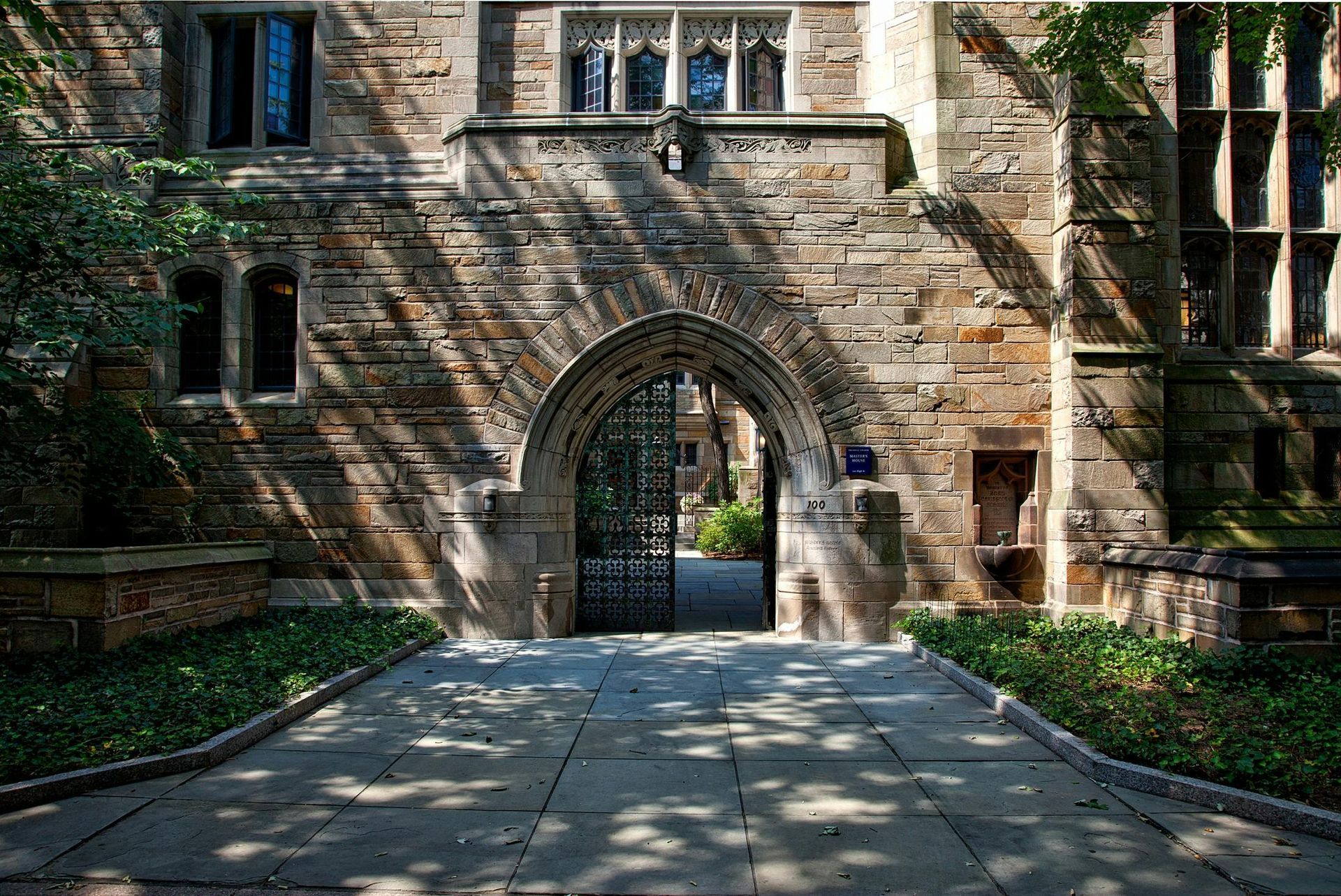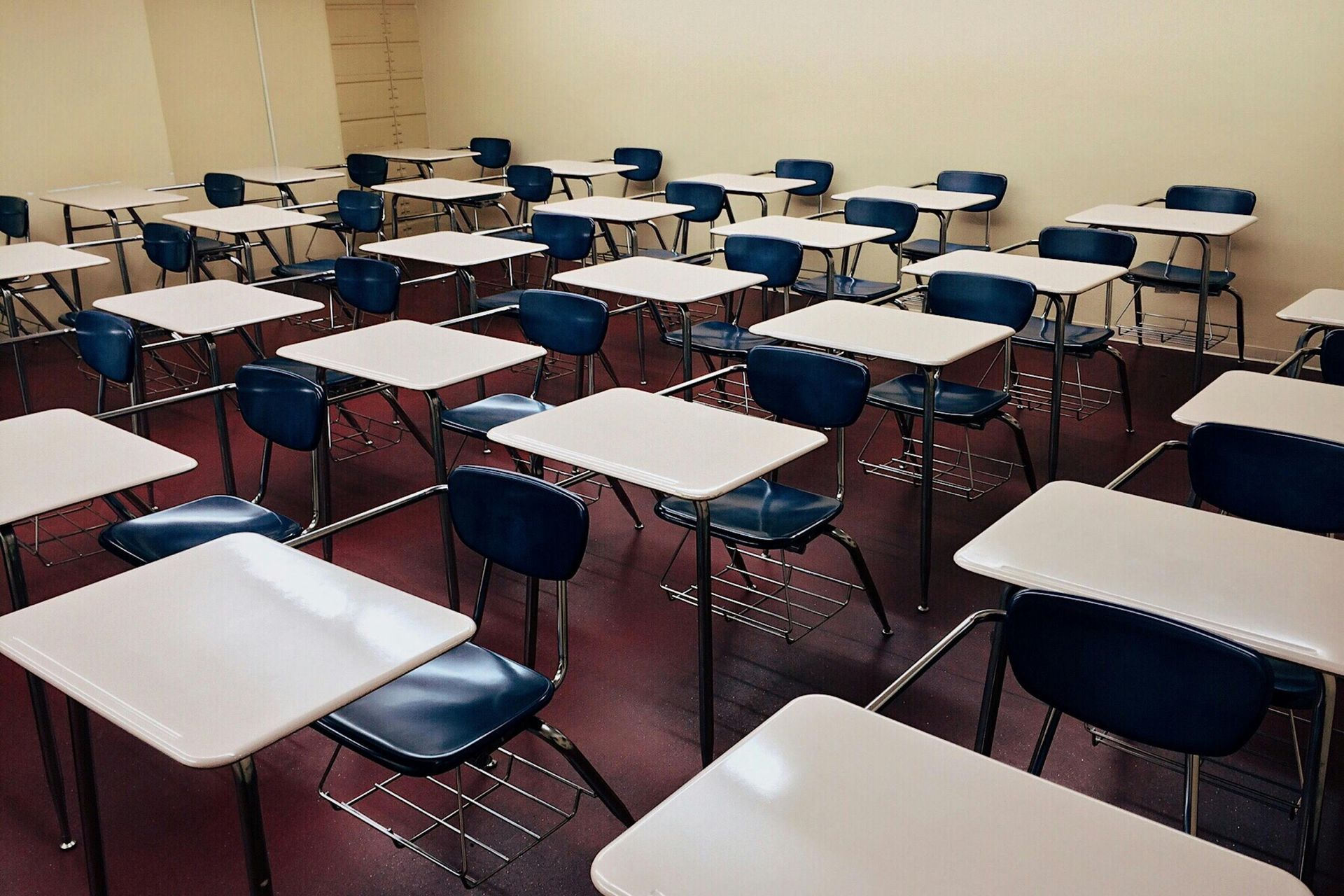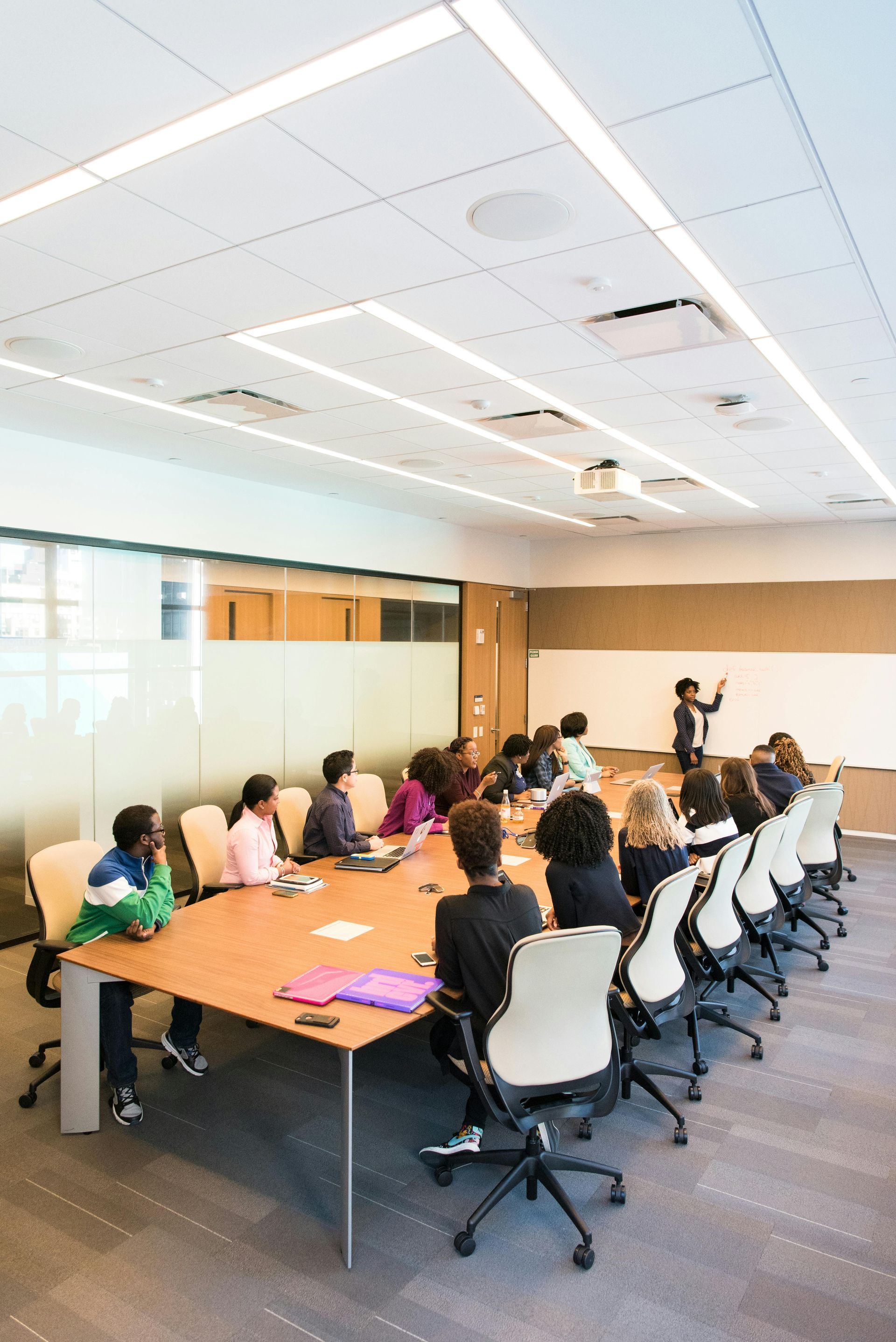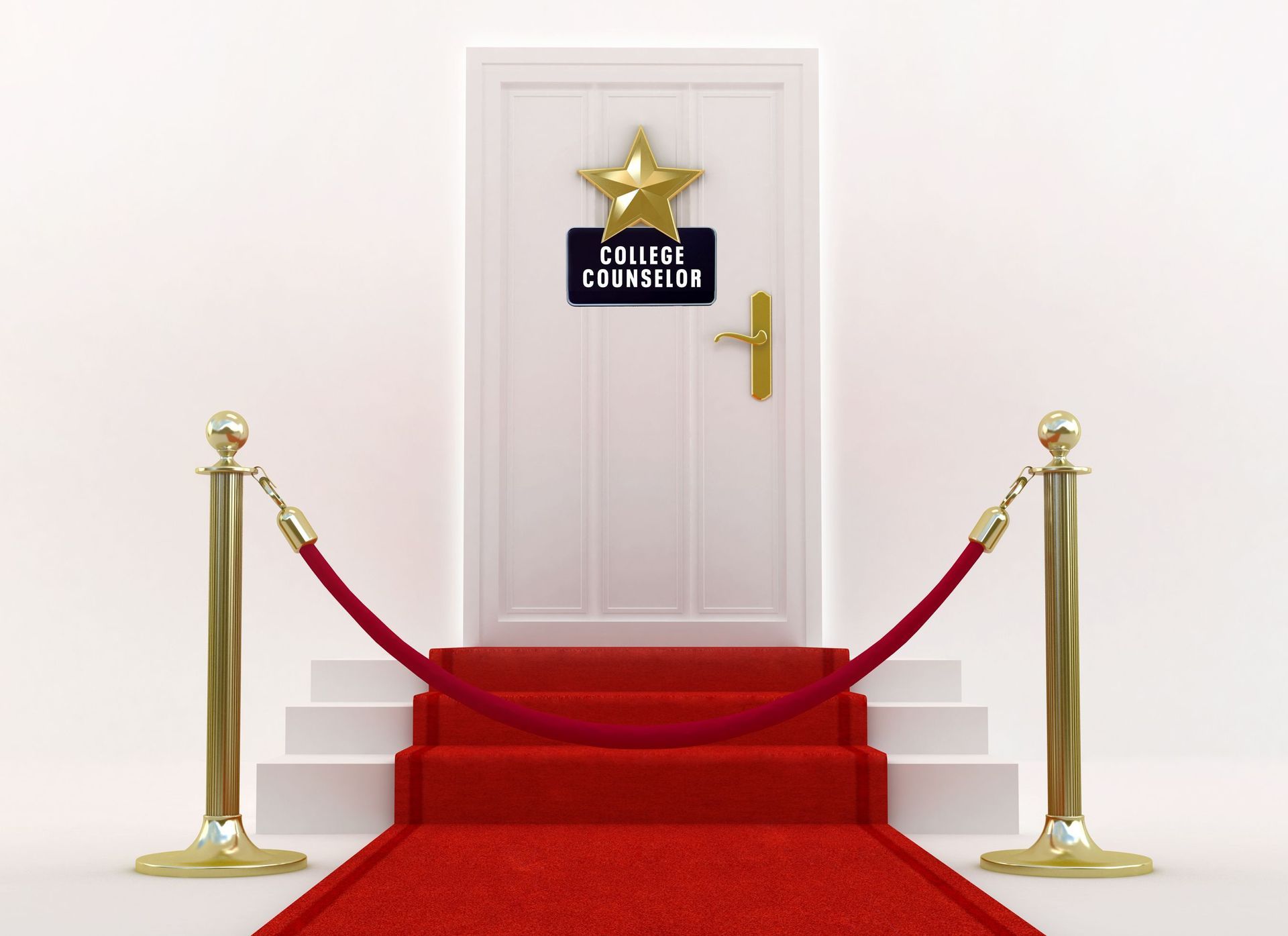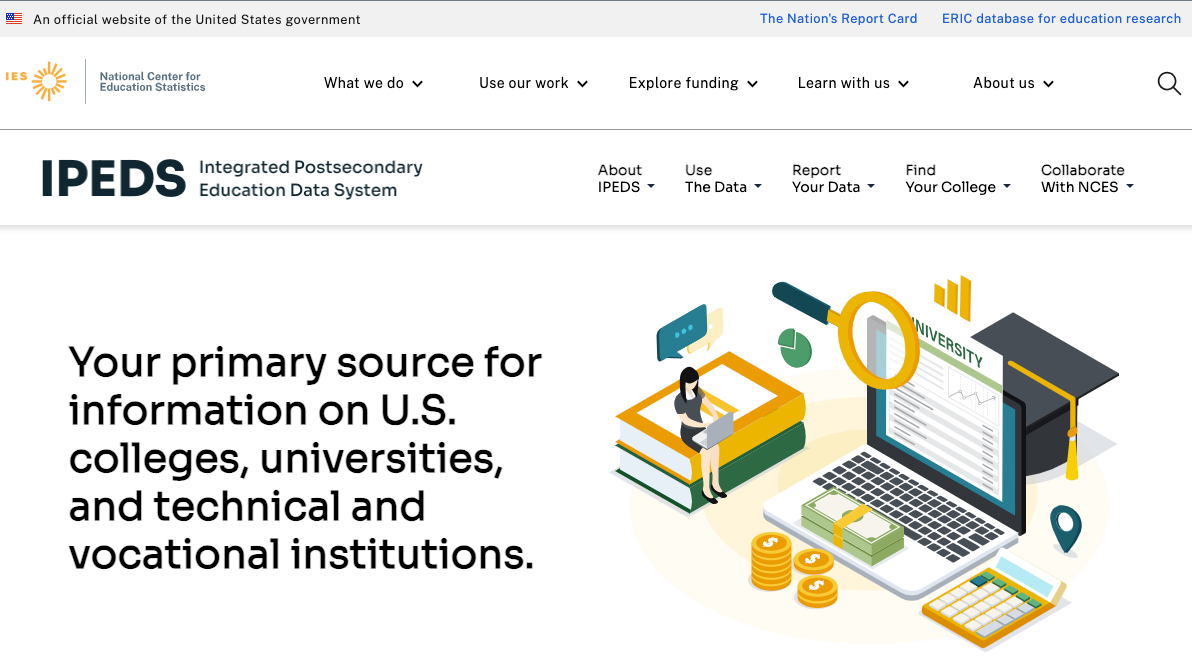Dr. Robert Malkin is a Professor of the Practice of Biomedical Engineering and Global Health, Emeritus at Duke University in Durham, North Carolina. He is also the Academic Director of the International Research Institute of North Carolina, which matches students with US university faculty for laboratory research. Previously, he was the Herbert Herff Professor of Biomedical Engineering at The University of Memphis in Memphis, Tennessee and The University of Tennessee, an Assistant Professor of Electrical Engineering at The City College of New York, a member of the graduate faculty at The City University of New York, and a research associate at Columbia University. Dr. Malkin was the founder and Director of Engineering World Health and The Global Public Service Academies, organizations dedicated to improving healthcare in the developing world.
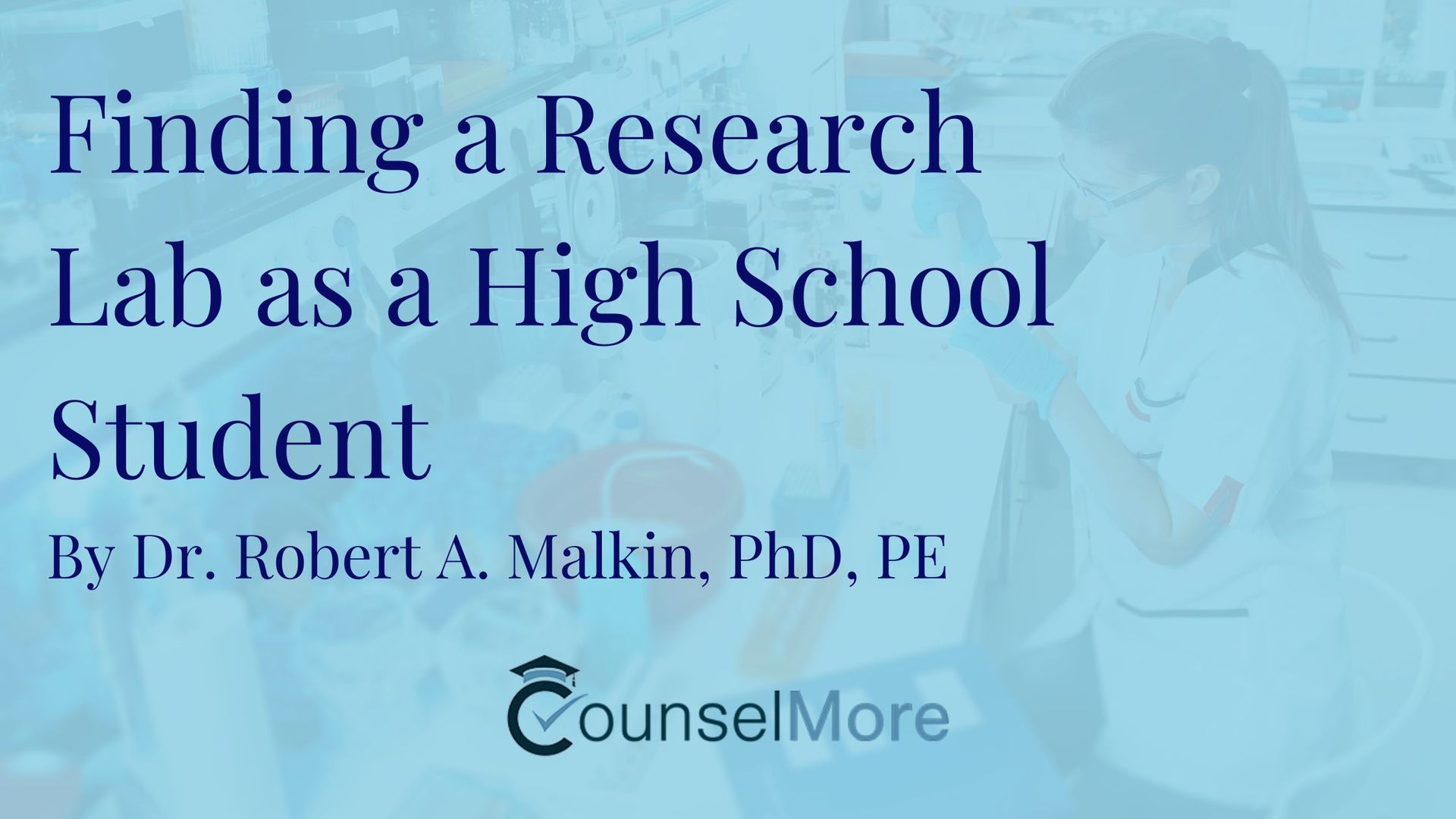
7 Steps: Finding a Research Lab as a High School Student
University admissions committees have started looking for academic research as part of a competitive admissions portfolio. This demonstrates critical reasoning, teamwork, and technical communication skills. High school students now face the challenge of seeking in-person lab positions with senior professors, discovering that these positions are scarce and highly sought after. How do you help a high school student find an academic research position? There are seven steps to success.
Aligning Passion with Lab Opportunities
Success depends on a compatibility between the lab’s projects and the student’s passion. A student should expect to spend at least 5-10 hours weekly in the PI's lab over many months and perhaps years. With that kind of commitment, passion is an important motivator. To determine if the student’s interest is a passion and to facilitate later steps, ask them to write down twenty things they wish they knew about their passion area. If they can’t identify twenty questions or if the questions are easily answered, they need to dig deeper.
Building a Network of Potential Labs
Who might they ask for a lab job? Start by combining university and company websites for lab directors, professors, and researchers. Include local community colleges, research universities, established companies, or start-ups. The broader the search, the better. Students should ask their parents, parents’ friends, high school teachers, club supervisors, and science fair judges. The goal is to generate a list of 100 potential contacts.

Writing an Effective Inquiry Email
Once your student has a long enough list, they are ready to write a short, two-paragraph email requesting a meeting. The first paragraph should describe the student’s passion, not their accomplishments. Why are they interested in this area of inquiry? How does that passion relate to the lab? Ideally, they should mention a specific, recent publication or success from the target lab. The second paragraph should be focused on requesting a face-to-face meeting. The best second paragraph states that the student will be on-site on a particular day and would like to meet during a particular time window.
Strategically Following Up on Emails
Almost all the student’s emails will be ignored. Of the 100 emails sent, perhaps 10 will get a response. This might be disheartening, but it is the reality of job search, even for a high school lab position. It is important that the student take every one of the ten responses very seriously. In most cases, no matter what the response says, “Are you mature enough and passionate enough in this area to succeed in my lab?” The student should craft a one-paragraph, professional response with your counsel that explains why they think this lab would be a great experience for the student. Don’t focus on how the high school student will greatly benefit the lab. This can appear arrogant.
Preparing for Lab Interviews
The goal of the ten responses is to get three interviews. Be sure to help prepare your student for these interviews. Even if they are highly professional and mature with an easy conversational manner, they may be inexperienced at speaking with academics. The interview will likely begin with small talk. The student should prepare answers to the most common questions about school, their favorite subject, the weather, or the local sports team. Academics can be awkward at small talk, making this an uncomfortable start. Some practice can help the student drive through any rough patches.
Try CounselMore's Candidate Shaping Tools. Click the image below.
Following Up Post-Interview
In rare cases, the PI may make an offer on the spot. If they offer a position, coach your student to take as many notes as possible but not accept the job right then. It is probably better to complete all the interviews and speak with you and their parents before jumping in. In most cases, the interview will end with an agreement to check back in a couple of days, even ending abruptly as the interviewer realizes they are late for their next meeting. No matter how the interview went, the student should send a follow-up note thanking the interviewer for their time and directly asking if there would be a lab opening for them. Ideally, the note should mention a specific project discussed in the interview. Navigating the Offer
Negotiation
Finally, the lab director may respond with an offer to work on a specific project. They did it! Your high school student got an offer. It is still not time to accept. Coach your students to ask enough questions to ensure they meet the lab’s expectations, e.g., hours per week, special skills needed, and remote work. It is also reasonable to ask about the student’s interests, e.g., letters of recommendation, first-authored publications, and how the student will interact with the PI.
Conclusion
Finding an in-person lab position can be a lot of work, but the rewards of meeting students, researchers, and faculty who share a deep passion with your high school student can be immeasurable and might just help their college admissions portfolio.



